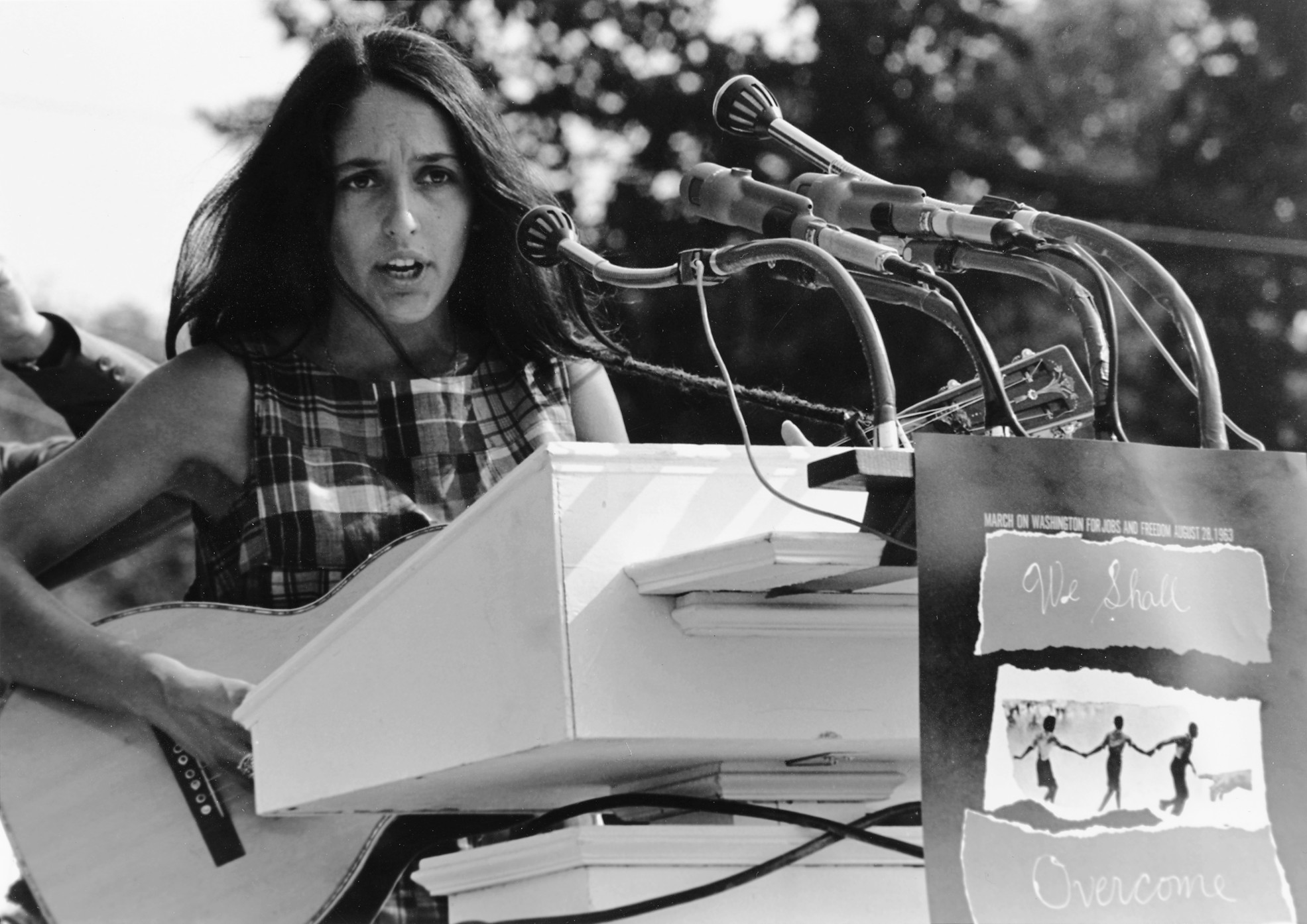Disclosure: I was sent this book digitally to review free of charge from Immedium. All opinions in this post are my own. I did not receive any other compensation for this review. I am including links to each item for your convenience but do not receive anything if you purchase them.
Today we got almost a foot of snow. With all the cold, beautiful snow outside, I thought it was the perfect time to review this wonderful book by Felicia Hoshino called Sora and the Cloud. It is one of those wonderfully dreamy books that can never happen, but it is always so fun to think about happening.
This story is about a young Japanese boy exploring his world. Sora is a climber and one day he climbs a tree. Waiting in the branches of the tree is a friendly cloud. Sora hops on and the two become friends as they have an adventure. Throughout the story there are Japanese references such as food booths in a festival, kite flying and lyrics to a children's song about kites. The story has been translated into Japanese and both text are written on each page. After Sora returns to his family, his sister starts to check out the friendly cloud. It is an imaginative story about young children exploring and discovering the world around them.
Felicia Hoshino has illustrated many books and finally she writes and illustrates her own. It is beautifully illustrated and is the kind of book you can imagine a child daydreaming about. Add the Japanese culture throughout the book, and it is a wonderful introduction for any child. The book makes me smile. The story is simple yet fantasy and it makes it that wonderful mix that makes you happy to read.
The book is available for $15.95 at Immedium. It is a wonderful addition to anyone's multicultural library!
For some more multicultural children book reviews check out:


















